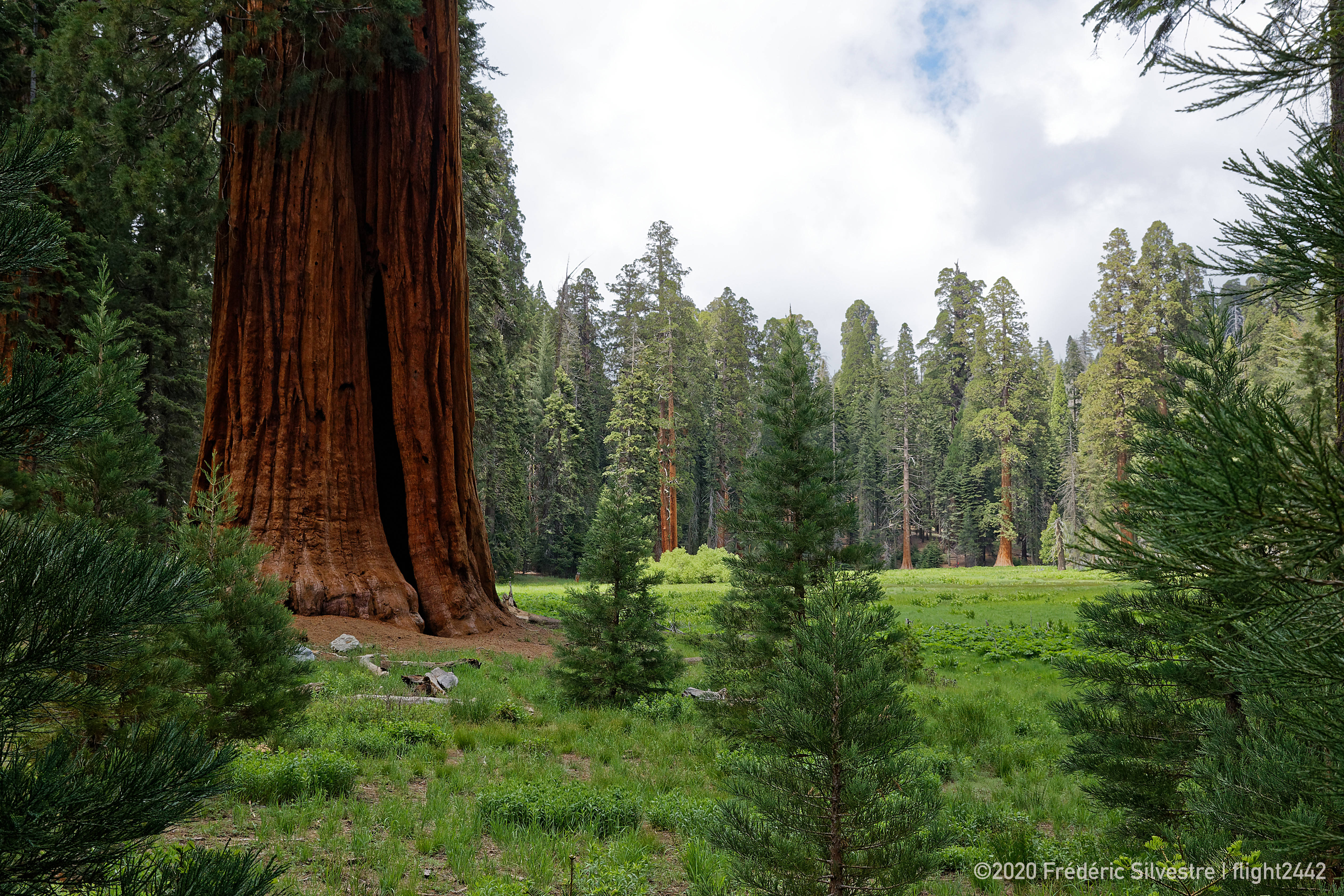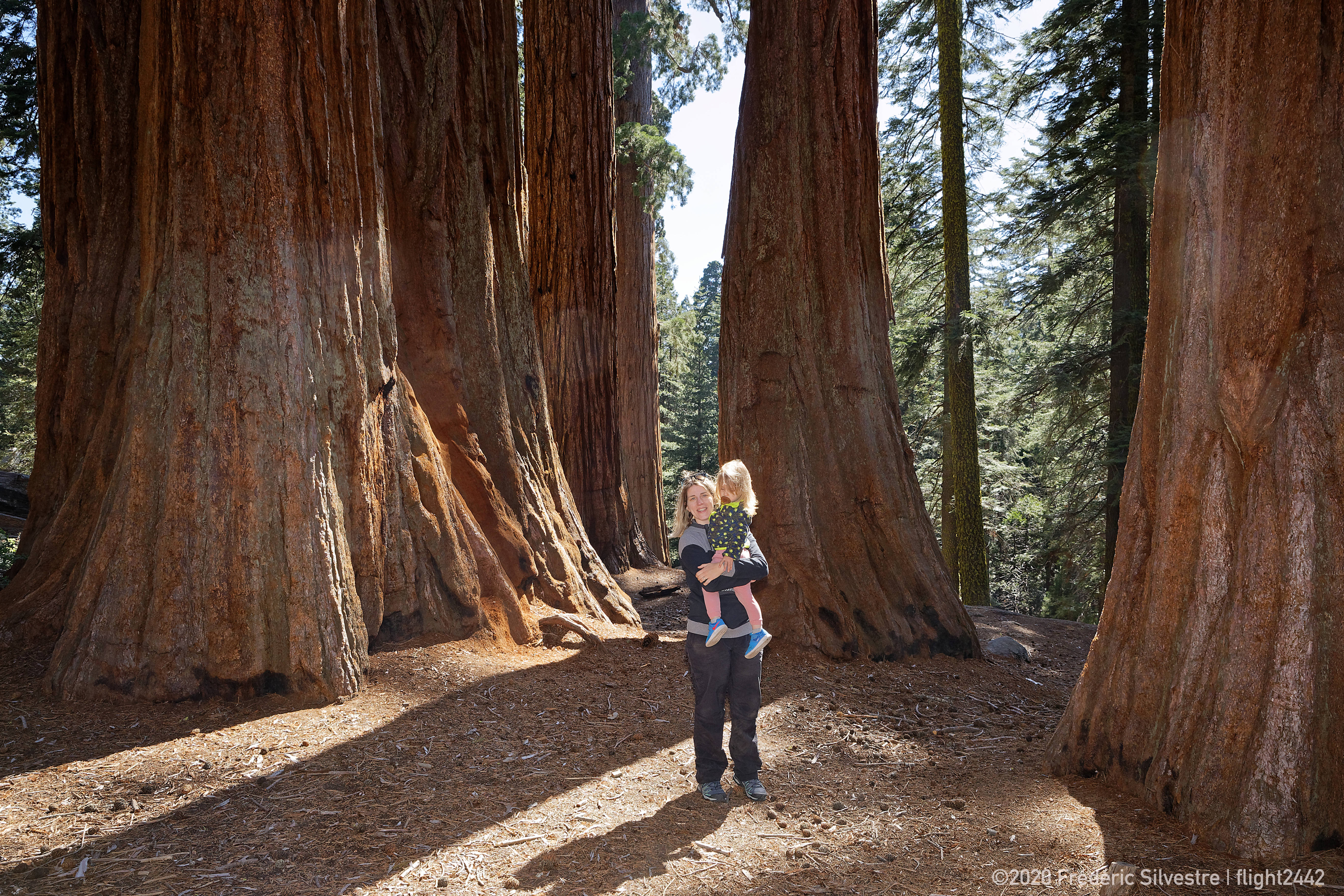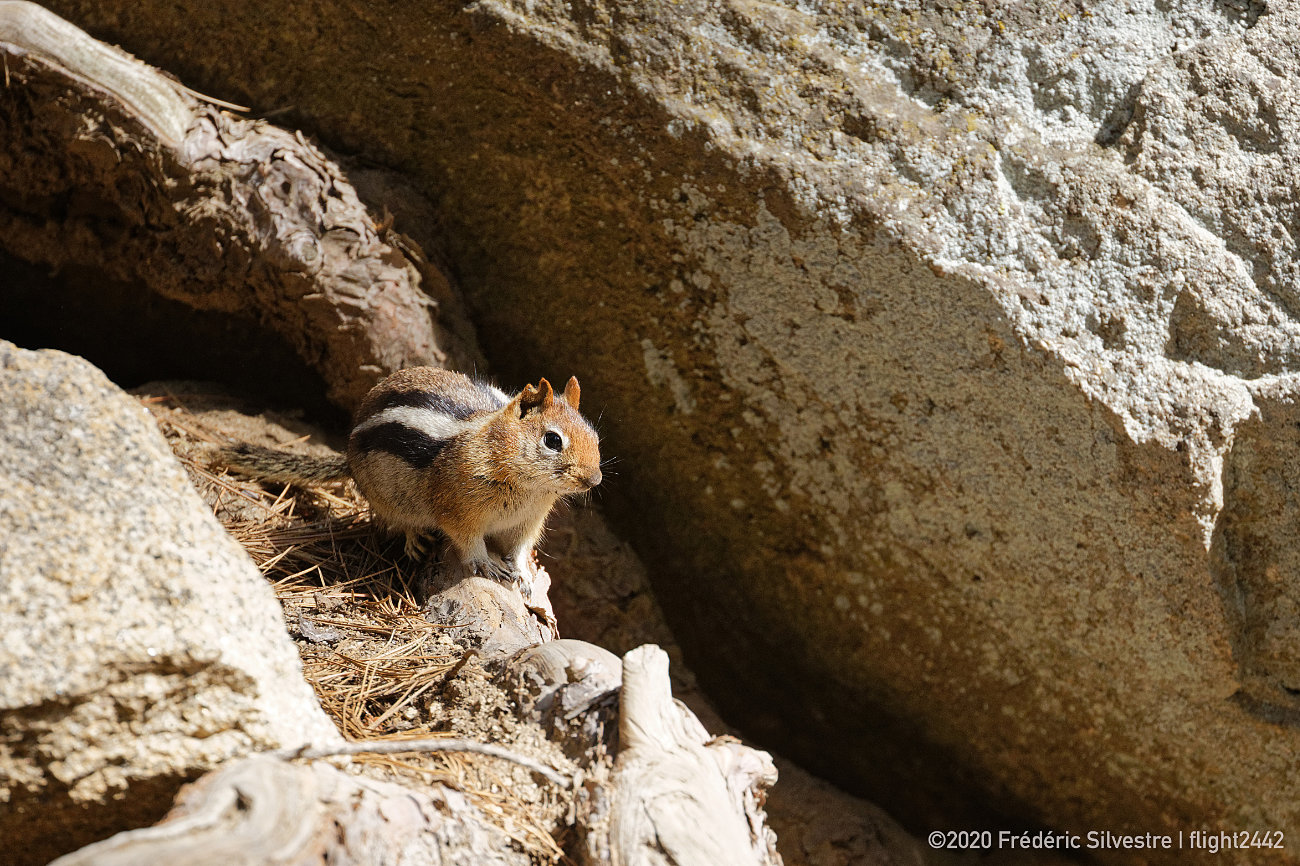Author: Frédéric Silvestre
It’s early June here in Davis, and it’s been almost three months that we are locked down in order to stop the spread of the new coronavirus. But our pain is coming to an end and reopening is progressively implemented. We decided to buy the National Parks Annual Pass which costs about 80\(. With that, we are allowed to enter in all US National Parks for all people in the car. Knowing that a single entrance is around 35\), the calculation is quickly done. Unfortunately, as we never plan long enough in advance, it did not arrive before our first exploration of the natural treasures of California.

National Parks Annual Pass
This Saturday, we took the rented car and headed for the Sierra Nevada. This famous mountain range is located in the Eastern part of the State and forms a 640 km long mountains chain between the Great Valley (where Davis is), the Basin and Range (Californian part of the Great Basin), and at the Southern part, the Mojave desert. It might be a bit surprising for someone who only heard about the beaches and Hollywood to consider that the golden state has true mountains, but it is actually the highest mountains of continental USA, with its highest peak, Mount Whitney, reaching 4 421 m !

Physiographic provinces of California (https://geologycafe.com/physiographic/provinces.htm)
The Sierra is highly protected and counts three national parks, two national monuments and twenty national forests. For our first visit since the start of the pandemic, we decided to explore Sequoia and Kings Canyon National Parks. These twin parks, located in the Southern part of the Sierra, are famous for their emblematic trees: the giant sequoias. But do not make it wrong, these phenomenal trees are located only in a narrow zone around 2 100 m of altitude on the West slope of the mountains. You can’t nevertheless miss them as most of the tourist facilities and trails are found there.

Road 198 to Sequoia NP
We started our exploration by Sequoia NP and headed there from our headquarters established in the small city of Reedley, South of Fresno. This city has nothing special beside an interesting road named the blossom trail, which sneaks into thousands of fruit trees. The best time to visit is during spring when we can drive in the middle of blooms. Unfortunately, June is too late and we only spotted the trees with fruits waiting to be harvested. The road to reach the park entrance was long. Even longer considering that Elina was sick all along the journey. Hot temperature and a collection of bends along a typical mountain road didn’t take long to make her vomit. After passing the Lake Kaweah, we had a good news at the main entrance since they decided to make it free. I don’t feel guilty anymore to have ordered the pass too late! If there’s one thing that I like in US national parks, it’s their amazing visitor centers. Stopping by before the beginning of the exploration is a must, and we can learn a lot on the natural habitat, the history, and the plants and animals we can encounter. Unfortunately, if we were relieved to be allowed to move after three months of lockdown, the visitors centers remained closed for longer time.

Big Trees Trail at Sequoia National Park
But anyway, we were there first to enjoy the forest and its giants. We parked the car at the parking lot of the Big Trees trail at 1 940 m of altitude. First of all, we shouldn’t forget our jacket since the temperature was around 8°C only (we came from over 35°C in Davis). But the calm of the place and the wonderful sight on the giant trees made us forget the cold temperature. The trail is easy with a baby trolley or a wheelchair and is only 2 km long. It’s the perfect introduction to this forest ecosystem and we can already enjoy a lot of wildlife. Birds and mammals are numerous and not fierce. People may see black bears here but, unfortunately, it wasn’t the case for us. However, we could spot a cute yellow-bellied marmot laying on the top of a rock, and a small group of mule deers. We also observed a small golden-mantled ground squirrel. At first sight we can confound them with chipmunks as both of them wear stripes on their body. They’re both members of the same family, the Sciuridae, but unlike chipmunks, the ground squirrel does not have stripes on the snout, and it’s not too difficult to distinguish them. We also observed the bigger California ground squirrel, which is scattered along the trails. Regarding the bird species, the most impressive was the Northern flicker. Wandering on the ground between the pines and sequoias, this big woodpecker sports a bunch of wonderful colors. Unfortunately, it always kept a long safety distance and didn’t let me take a good picture. I didn’t see it later but if I’m ever coming back, I will try to catch him with my camera.

Sequoia National Park
But enough preliminaries. The next step was to find the biggest living organism on Earth, the Giant Sequoia named General Sherman. We had to take the car and moved to the next parking lot along the Generals Hwy. A short walk led us to this impressive tree: standing 83m tall and 11m in diameter at the base. These dimensions make this tree the biggest in terms of volume. But it’s not the tallest, this record being held by a redwood also found in California, which reaches height of 115m. These two species are commonly named sequoias but belongs to two different species. The redwood can not be found in the Sierra but rather along the coast of Northern California and Oregon. Hopefully we’ll have the opportunity to visit this park as well. Wait, I forgot to give you one last feature of these trees…their age. General Sherman is still a middle-age tree compared to some siblings. Its age has been evaluated to be around 2000 years, which is already respectable, but far from the oldest redwoods which were already present 3200 years ago! You feel so small while looking at their tips. And at that moment, my biology background came back in my mind and asked to myself how natural selection could have acted to keep living organisms so long? Maybe I will find an answer later.

Contemplating General Sherman
The second day, we headed to Kings Canyon NP. The road was shorter from our motel and Elina was sick only once, which was almost a victory. We didn’t expect anything from this visit as we thought we already saw the most important of this ecosystem. We decided to enjoy the moment and to be open to what would happen without searching for anything specific. The temperature was warmer and we didn’t need a jacket. It’s usually the case when comparing the two parks. We left the car at a parking lot in General Grant grove and had a nice pique-nique there. It was a place to encounter the beautiful Western tanager, which exhibited its beautiful yellow dress with its red hat. We started the hike to reach the General Grant tree, you guess another Giant sequoia. It was a nice short hike with the stroller. But there was much less people than the day before at Sequoia NP. And this trail was even more wonderful. I have to admit, even if Grant is a bit smaller than Sherman, it looks bigger (its diameter at base is larger with 12m). What is noticeable it’s its scar widely open at the base, to remind us that he survived everything. One last advice if you happen to visit this tree, don’t stay on the trail but explore the forest around. It’s full of other sequoias and other big pines (such as the sugar pine). We were lucky to find this spot a bit upper where 5 or 6 sequoias gathered in front of the General. It was a perfect spot to take pictures and to show the size of these giants.

Kings Canyon National Park

Kings Canyon National Park

Golden-mantled ground sqirrel

Yellow-bellied marmot